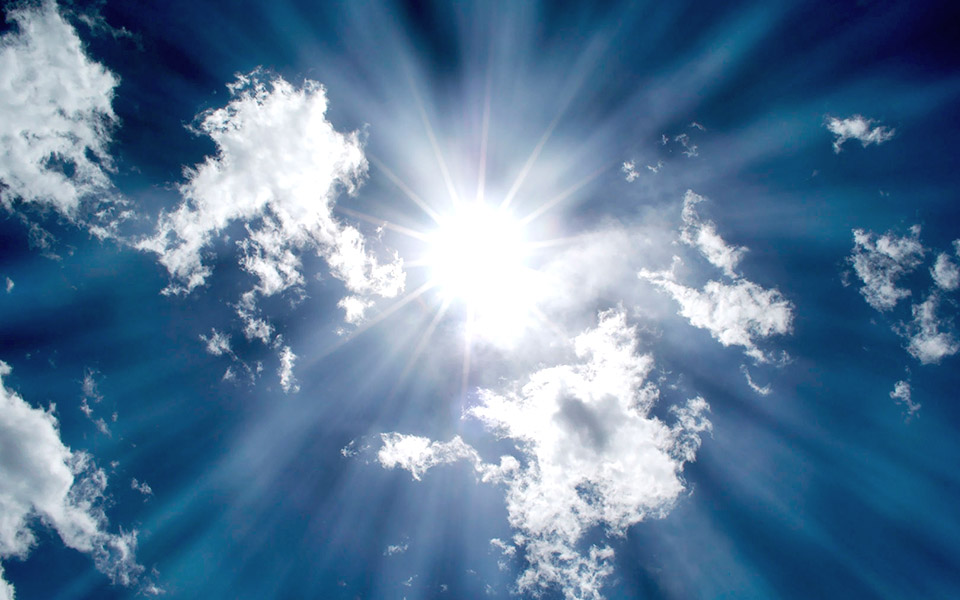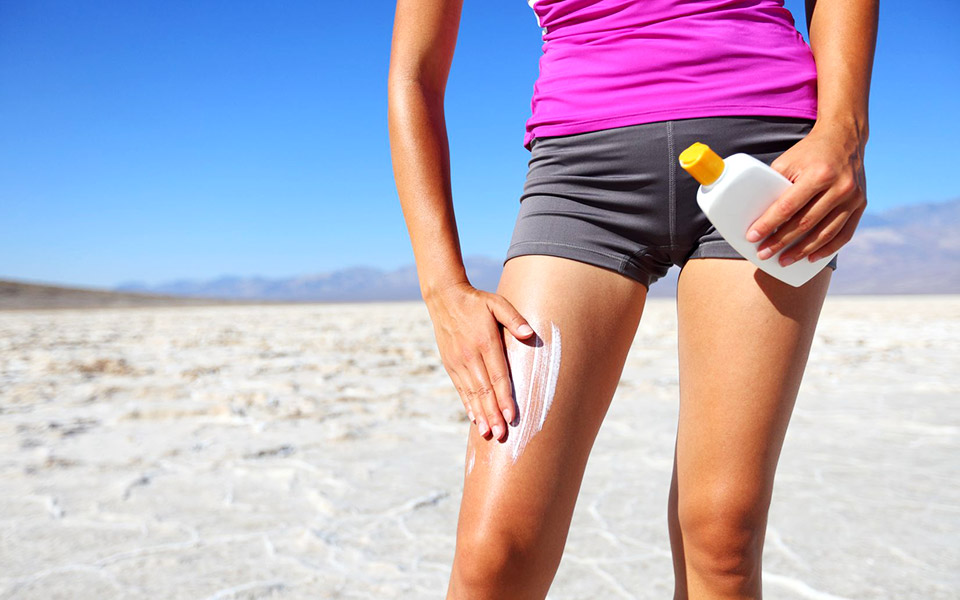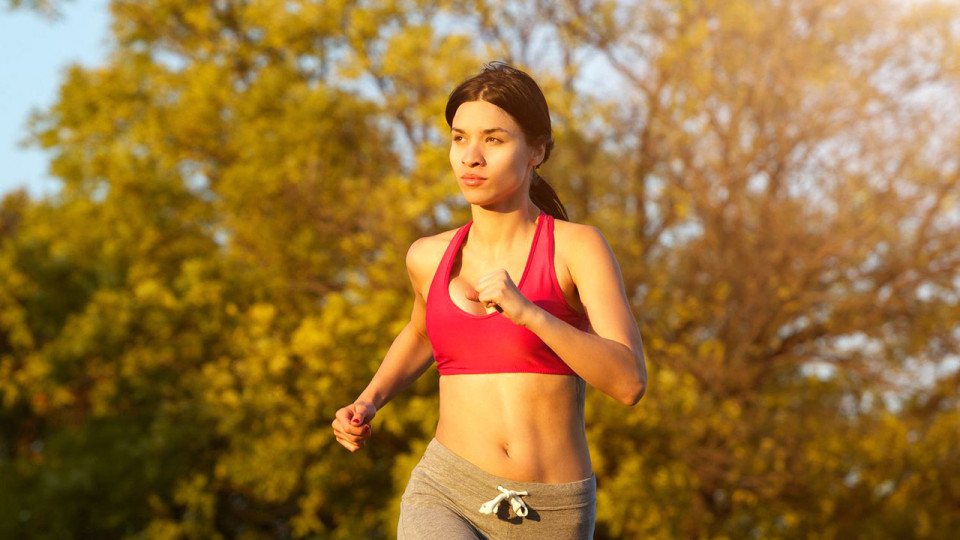Whether you are just starting to run or you have been an avid half-marathon or marathon runner for years, you may love how running makes you look and feel. From the beautiful muscle tone and the enhanced ability to burn fat from running, to the sun-kissed glow that you see on your skin after a run, there is much to love about getting outdoors and going for run.
While most runners participate in this activity for the health benefits, many also love the side benefit of getting a tan. However, there are some significant risks that runners need to be aware of. By learning more about the risks associated with run tanning, you can take precautions to keep yourself safe and healthy.
The Dangers of Sun Exposure
Everyone needs some sun exposure. With a moderate amount of sun exposure each day, the body is able to produce both vitamin D and nitric oxide. These are responsible for everything from lowering blood pressure and improving cardiovascular health, to regulating bone and cell health. However, UV rays from the sun also can lead to skin damage and the development of skin cancer later in life.

Runners’ Exposure to the Sun
UV rays are more intense during peak hours in the middle of the day, but there is still some considerable exposure to the sun when you are outdoors around sunrise and sunset. While some individuals may workout indoors in a gym, a yoga studio or another similar setting, the fact is that runners may spend a significantly longer time outdoors each week than their non-running counterparts. If you are like a typical runner, you may be tracking between 25 and 45km per week on average.
In fact, some sources state that approximately 15 percent of runners run more than 45km per week. This length of distance can mean that you spend several hours per week outside more than non-runners, leading to a markedly longer amount of time that your skin is exposed to the sun.
The Prevalence of Skin Cancer Among Runners
There are millions of new skin cancer cases reported each year. While some of the damage done to the skin may occur in childhood, the fact is that spending hours per week running in the sun can make skin exposure and damage more pronounced. Sun rays may be direct, but they also can reflect off other surfaces, such as concrete. In addition, they can penetrate through clouds. The only time to run without exposing your skin to sun is at night. Research has indicated that marathon runners are more likely to develop melanoma, the most lethal form of skin cancer.
Other Factors That Can Contribute to the Development of Skin Cancer
While the amount of time that you spend in the sun can impact your likelihood for developing skin cancer, there are other factors that can also play a role in your risk level. For example, a family history of skin cancer, previous long periods of exposure to the sun, sensitivity to the sun, skin type, and eye colour can all result in an increased or decreased risk for sun damage and the development of skin cancer.
When all other factors were held the same, however, there was an increased risk of pre-cancerous skin changes in runners. This includes atypical moles, skin lesions and other developments on the skin that may indicate the development of skin cancer.
Sun Protection for Runners
Running is a very active sport that incorporates total body movement. Because of this, the most common attire that runners wear enables free movement of the arms and legs, which are shorts and shirts. Many runners prefer to wear short-sleeved or sleeveless shirts. Few will wear a hat to cover their face, and only about half of runners use sunscreen when running. Even when sunscreen is worn, the combination of sweat and friction from active movement can result in the sunscreen’s effects wearing off quickly.
There are some steps that runners can take to decrease their exposure to the sun. For example, runners can choose to wear sportswear that have built-in UV protection. Running with a brimmed hat or visor can keep the sun’s rays off the face. Sunglasses also decrease UV exposure to the eyes.
The Best Sunscreen for Runners
Selecting a sunscreen that is designed for athletes and that is sweat-proof may be ideal. However, those who are training for long-distance events, such as marathon runners, may need to re-apply the sunscreen midway through a long run. With sunscreens stating that they offer UVA and UVB protection as well as coming with a different SPF rating, you may wonder what you really need. Both UVA and UVB rays can cause sun damage and result in skin cancer, so the best sunscreen will have both UVA and UVB protection.
SPF is a term that describes protection against UVB rays, but it does not apply to UVA rays. Essentially, the higher the SPF, the longer you generally have in-between reapplications. A higher SPF is always preferred, but runners should look for products designed to be sweat-proof and used for physical activitities. Even with a higher SPF, runners will need to reapply sunscreen for longer runs.

Protection in Any Weather
Unless you are one of the few runners who run during the nighttime hours, you will need to think about sun protection and should take steps to minimise your exposure to the sun’s UV rays. While most will think about sun exposure and the potential for a sunburn or sun damage on warm days, it is important to note that UV rays are present any time the sun is out, and this is regardless of the temperature.
The intensity of the rays may be stronger during the warmer months of the year and during the middle of the day, but UV rays can still shine through clouds and are still present on chillier days. You can get a sunburn during cold days or cloudy days, and this is a sign that you need to protect your skin regardless of weather conditions. Keep in mind that the sun’s rays are most intense in the middle of the day, typically between 10 am and 3pm. Therefore, it is best to run earlier in the morning or later in the evening to minimise sun exposure.
You may love the warm glow of sun-kissed skin that you have after a run outdoors, but you may not love the other effects of sun exposure. From premature aging signs like sunspots and wrinkles, to the increased risk for skin lesions and cancer, sun exposure can be harmful and even deadly.
As a runner, you may spend many more hours outdoors exposing your skin to the sun than others, so it is imperative that you take precautions to protect your skin while you run. Through the tips mentioned here, you can continue to enjoy the benefits of running while decreasing the damage to your skin. Enjoy your run!





